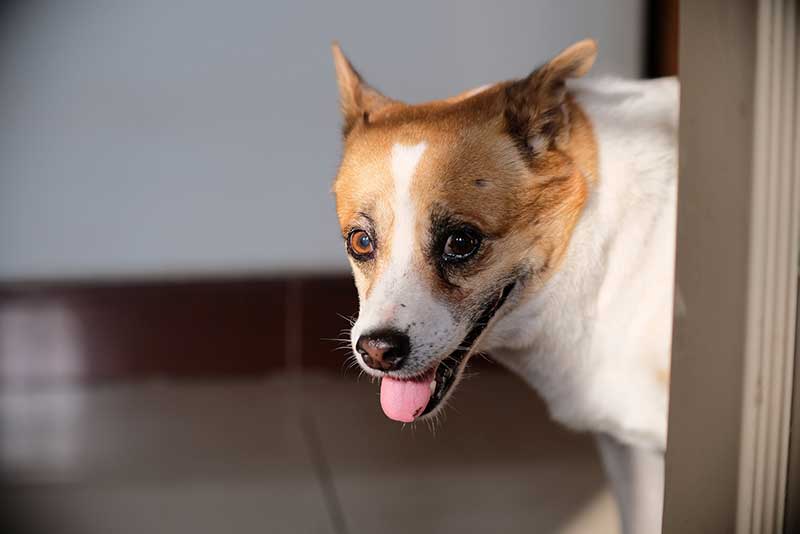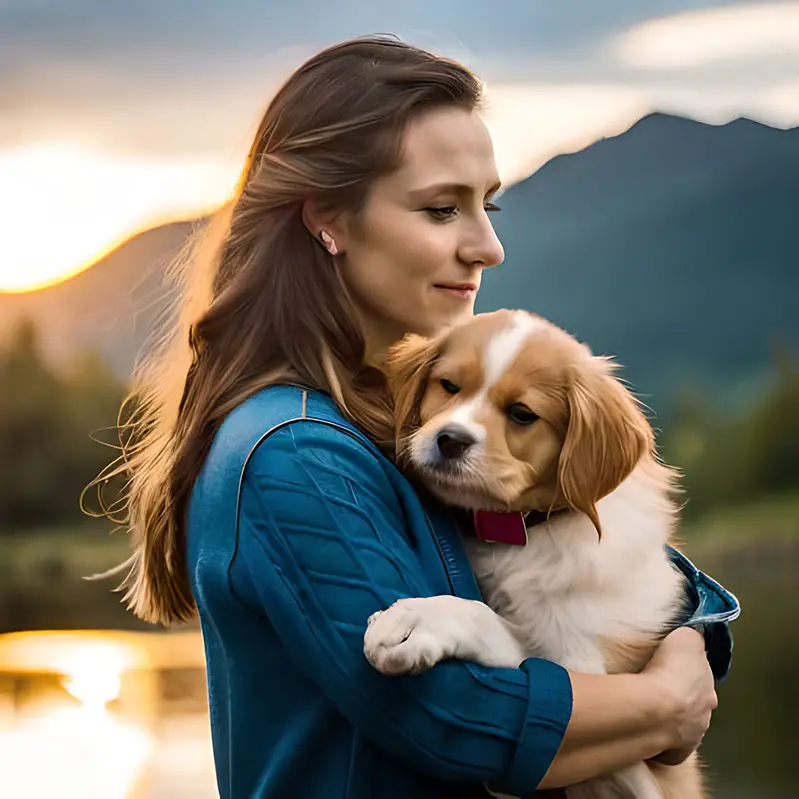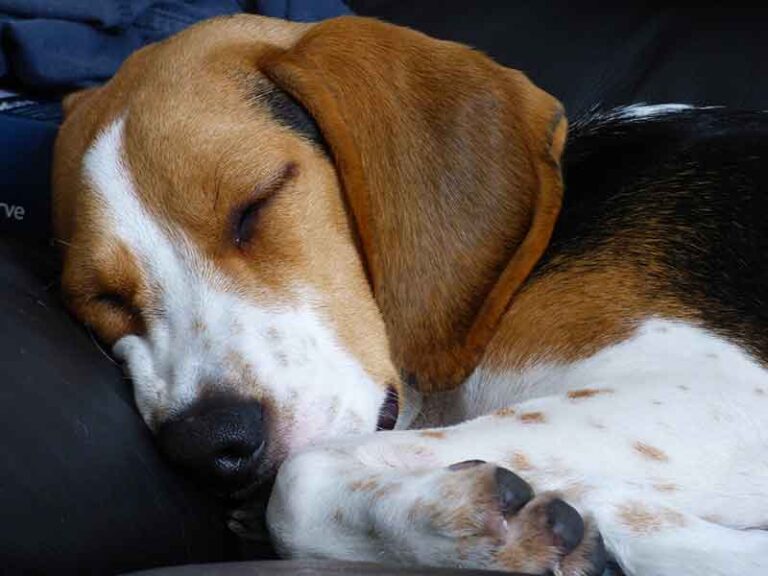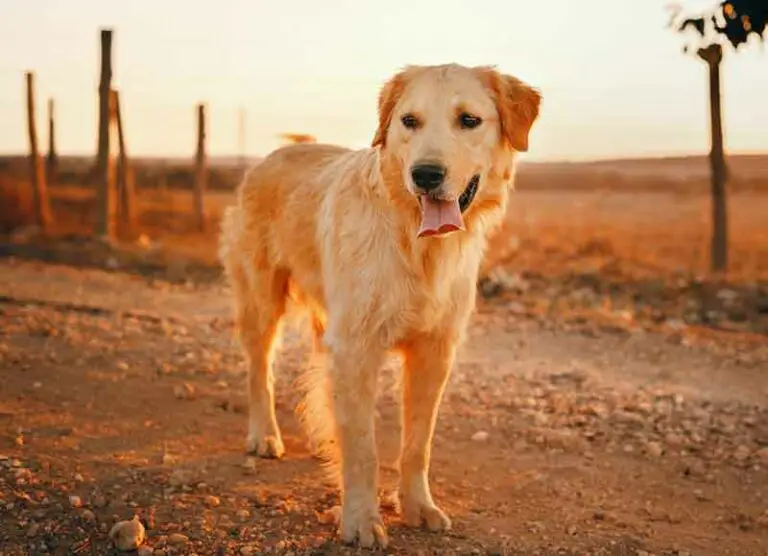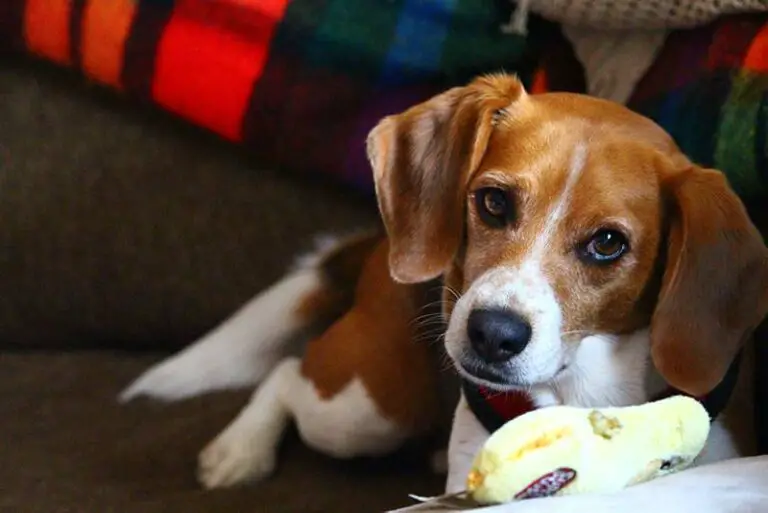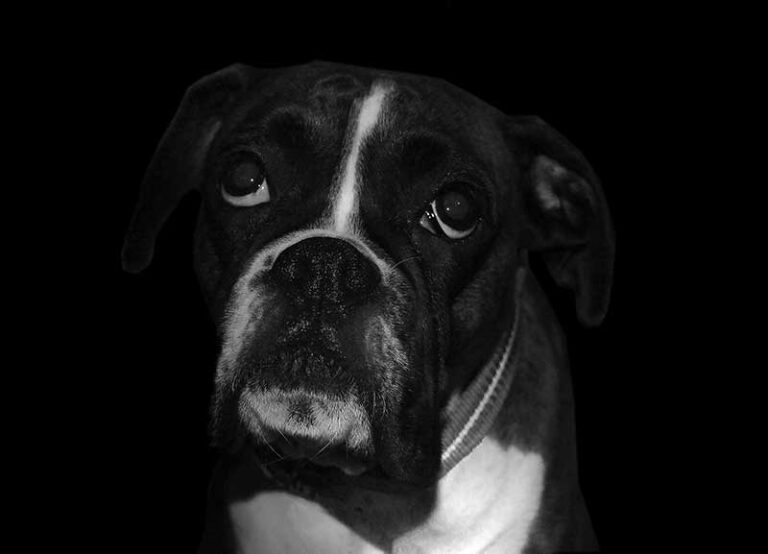Why Do Dogs Reverse Sneeze? Causes + Stop Sneezing Tips
Are you familiar with the term reverse sneezing? Perhaps you are or not. Either way, if you ever notice that your pet dog seems to breathe vigorously and show uncomfortable gestures while sneezing, that could be a sign of reverse sneezing.
Scientifically speaking, reverse sneezing, also known as backward sneezing, is a condition known as paroxysmal respiration. When sneezing, the air is usually blown out; however, if the dog reverses sneezing instead of blowing out the air, they rapidly suck it in.
What causes reverse sneezing in dogs? Is it something dangerous? And what can you do as the dog parent to avoid this condition? This article will help you to find all the answers to the above questions.
So, why do dogs reverse sneeze? The most common reasons behind reverse sneezing are allergies, nasal mites, overexcitement, and exercise intolerance. Any dog, despite their breed, could face this condition, primarily due to given causes. However, dogs with smushed faces are more prone to reverse sneezing.
The signs that dogs indicate when reverse sneezing could bother the owners, especially if you do not know about reverse sneezing. The gestures might show that your puppy has breathing issues, which is why you should have sound knowledge of reverse sneezing.
Most of the time, reverse sneezing is not a critical concern and will not massively impact the dog. However, if the dog keeps facing it constantly, that could create problems. To understand these concerns thoroughly, keep reading.
Why do dogs reverse sneeze?
Several things could make dogs reverse sneeze; hence we cannot precisely say this is why your dog is reverse sneezing. So you must be observant and figure out why your dog does it.
However, as mentioned before, some typical things cause reverse sneezing among dogs, so let’s look at them.
- Allergies
Allergies are one of the most common reasons for reverse sneezing. Speaking of allergies, these may come in different forms.
To elaborate, plants, cleaning products, perfumes, aromatizers, dust, and even some food cause dogs’ allergies and lead to reverse sneezing.
Suppose your dog sniffed some cleaning product you had at your home or a plant in your garden or ate something allergic to them; in such cases, the allergens could trigger irritation or inflammation of the nasal, pharyngeal, or sinus passages.
- Nasal mites
Another possible reason behind reverse sneezing is nasal mites. Canine nasal mites are one of the common parasites that can be seen among any dog breed.
These microscopic creatures live in the dogs’ nasal passages and sinus cavities, and they can get transmitted either directly or indirectly.
Suppose your dog is attacked with nasal mites. In that case, it will reverse sneezing and other symptoms, including nasal discharge, itching of the face, hard breathing, and restlessness.
- Overexcitement
Dogs usually get excited to see their owners. There could be instances where dogs get over excited to see you.
For example, suppose you had to stay out of the house for a couple of days, which will make the dog ecstatic when you return. When dogs are overexcited, they demonstrate it in different ways.
Panting, jumping, running, shaking, and vocalizing are common ways that signify overexcitement, and reverse sneezing can also be seen among these.
- Exercise intolerance
As we all know, exercises are mandatory for dogs to stay fit and healthy. However, it is vital to ensure that you do not let them overdo exercises.
You have to be cautious about the consistency and the amount of exercise you provide because if not, there are fair chances that it could negatively impact the dog.
Sometimes dogs get intolerant to exercise. How dogs respond to exercise intolerance varies; sometimes, they reverse sneeze.
- Unintentional occurrences
There can be certain things that you do unintentionally, which could lead your dog towards reverse sneezing. An ideal example of this would be pulling your dog hard from the leash when it is tied to the collar.
As mentioned, you might not intend to hurt your dog, but such things could happen accidentally. If you pulled the leash hard or something similar happened, that could also cause reverse sneezing in your dog.
What triggers reverse sneezing in dogs?
As explained in the above section “why do dogs reverse sneeze?”, several factors could cause reverse or backward sneezing in your dog. It might happen due to natural causes, for instance, environmental allergens, flee allergens, and food allergens.
Moreover, some emotional responses could also trigger reverse sneezing, which is why dogs reverse sneeze when they are overexcited.
Apart from these, reverse sneezing in dogs can also be triggered by actions that may happen without our intentions, for instance, pulling their leash or making the dog exercise hard.
Sometimes if your dog is too exhausted or they have a dry throat, that could also lead to reverse sneezing.
Does reverse sneezing in dogs hurt?
When your dog sneezes, it could worry you, and you will think it might hurt your dog. Because reserve sneezing sounds like a combination of a loud snort, honk, and choking noise.
Seeing your dog acting in such a manner will undoubtedly make you feel that your dog is having breathing difficulties.
Reverse sneezing usually makes it look like your dog finds it hard to inhale, but it is not painful for your dog. Moreover, it lasts within a maximum timespan of thirty seconds, so overall, it is not a troubling condition for your dog.
Most of the time, reverse sneezing will not be a scary and a painful experience for your pooch, it will last in seconds, and the dog will be in normal condition afterward.
However, sometimes dogs may reverse sneeze if they have severe underlying health concerns, so along with reverse sneezing, if you see labored breathing, panting, lethargy, or pale gums, that indicates the dog is in pain due to some other reason.
How often is it normal for a dog to reverse sneeze?
Although we cannot give precise numbers, in most cases, reverse sneezing is an ordinary condition that can be seen among dogs.
Dogs are typically active and adventurous animals, so they can be prone to allergies, get overexcited, and so forth. Therefore most of the time, reverse sneezing is regular for dogs.
However, if the dog reverses sneezing more than twice a day and keeps doing it constantly, that is not normal. So in such cases, you have to take action as soon as possible.
How do you stop reverse sneezing in dogs?
Reverse sneezing is natural; therefore, your dog cannot control it. Are there any mechanisms that dog owners can follow to avoid their dogs doing this?
One cannot guarantee you can make your dog stop doing it, but there are ways to help the dog avoid reverse sneezing to a reasonable extent.
Before anything else, notice how often your dog reverses sneezing. If it happens only once or twice, you probably do not have to stress over it because it might be caused by exposure to dust, perfume, or something similar.
However, if the dog constantly keeps doing it, you must find out why and help them overcome reverse sneezing. Occasional reverse sneezing does not cause any harm to the dog, and they do not find it painful.
Still, if it happens repeatedly, it will make the dog feel uncomfortable. Below are some ways to help your dog stop reverse sneezing.
- Gently massage the dog’s throat
Once your dog experiences reverse sneezing, the first thing you can do is massage their throats very gently.
Mostly reverse sneezing is caused by irritations in the breathing passages, so when they have and massaging helps to diminish the irritation.
Keep in mind you have to be very gentle when you do this. Speak softly to the dog, and do it with patience; otherwise, things could go wrong.
- Pinch the nose shut for a second
Another method to treat it is pinching the dog’s nose. It should be a very gentle and quick pinch that does not last more than one or two seconds.
Sometimes reverse sneezing is caused as a result of dry trough. When you pinch the dog’s nose, it will swallow automatically and soothe its throat, which may reduce the reverse sneezing.
- Let the dog get some fresh air
Letting them breathe some fresh air could also help them overcome reverse sneezing. However, if the dog encounters a reverse sneezing episode, do not push them to go outside the house or make themselves tired.
You can gently take the dog out or just wide open windows and let the dog get some fresh air.
Final thoughts
In this article, we discussed reverse sneezing in dogs and why do dogs reverse sneeze. While most of the time, this is considered a normal and harmless condition that dogs go through. However, sometimes it can also be caused due to more critical reasons.
If you notice that your dog is reverse sneezing, you can follow the tactics mentioned earlier and help them to clear their breathing passages, but if they keep reverse sneezing constantly, do take them to a vet as soon as possible.
Thank you for reading! Stay with us for more interesting posts like this.

